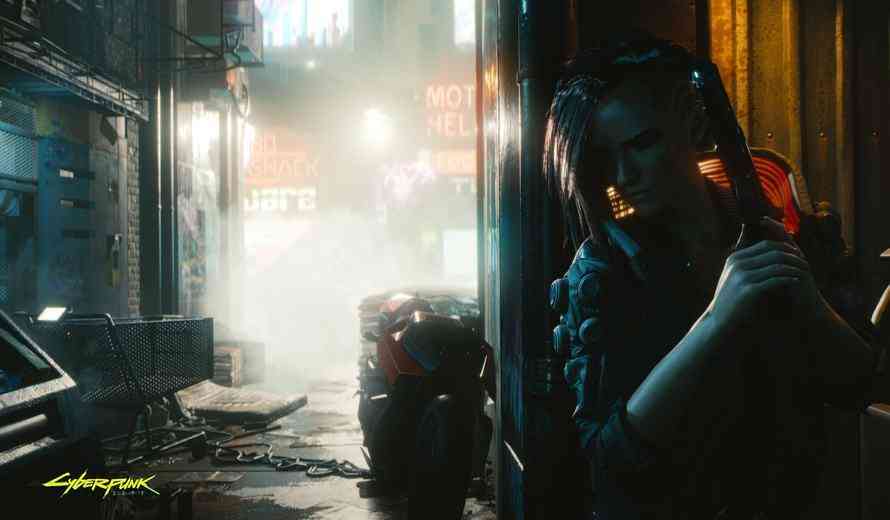Insanely Impressive Stuff
I’m sure you’ve heard all this tech jargon about what Cyberpunk 2077 is going to have and wondered what it really meant. I’m on the same boat too. Well, Christ Wray from WCCFtech is here to break down what it really means for you, the player.

Cyberpunk 2077 is an upcoming game by CD Projekt Red, coming off of their incredible Witcher 3: The Wild Hunt. The game has been rolling in hype for a while now from gameplay all the way to the tech side, and some of their graphical possibilities are mind-boggling.
For example, Ray-traced shadows can create shadows in real-time from any and multiple light sources, taking in even things like accounting those individual light sources scattering through clouds, cloth, etc. Reflections will work realistically, being able to stimulate surfaces and angles for several kilometres.
It’s some crazy stuff, right? Take a read on the specifics below, from Chris Wray himself:
-Ray-traced ambient occlusion – Ambient occlusion is a shading and rendering technique used to calculate how exposed each point in a scene is to ambient lighting. The result is a diffuse shading effect that darkens enclosed and sheltered areas and enhances the rendered image’s overall tone. In Cyberpunk 2077, ray-traced ambient occlusion additionally can be used with local lights to approximate local shadowing effects where shadows are missing.
-Ray-traced diffuse illumination – This technique is used to capture sky radiance as well as emissive lighting from various surfaces, which is difficult to achieve with traditional rendering techniques.
-Ray-traced reflections – In Cyberpunk 2077, ray-traced reflections are used on all surfaces and can trace ranges for up to several kilometers. They are present on both opaque and transparent objects to simulate the way light reflects from glossy and metal surfaces by tracing a single bounce of reflection rays against the scene. This includes smooth natural mirrors like window glass, but also rougher surfaces like brushed metal. Unlike screen space techniques which can only reflect what’s on screen, ray-traced reflections incorporate the entire scene around the character, and can accurately represent objects outside the camera view or facing away from the camera.
-Ray-traced shadows – Cyberpunk 2077 preview supports directional shadows from the sun and the moon. These shadows aim to be physically accurate and even account for light scattering from clouds. Shadows may be enhanced in the final release to support other types of light sources where it is needed.
Definitely go check out the source article if you want to discover more tech stuff behind Cyberpunk 2077 explained to you in plain terms!
Source: WCCFtech